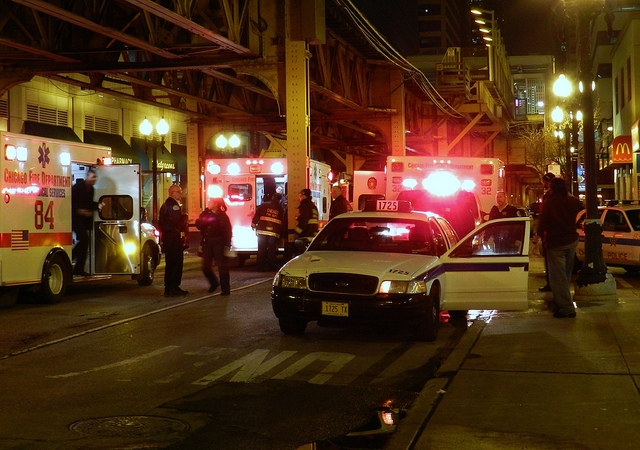Chicago Magazine Looks At Police Department's Obsession (And Tinkering) With Major Crime Numbers
By Chuck Sudo in News on Apr 7, 2014 9:00PM
There are two things we’ve learned during Rahm Emanuel’s tenure as mayor: his administration will place a positive spin on even the most depressing statistics and any numbers released by Emanuel or city departments will likely not stand up to an audit from the Office of the Inspector General.
While we wait for Police Supt. Garry McCarthy to tell us Chicago is safe after a weekend where 25 people were shot across the city, we urge you to head over to Chicago magazine’s website where David Bernstein and Noah Isackson researched how the Police Department’s crowing about the reduction in major crime statistics may owe itself more to how those crimes are classified than any actual police work.
In the first of a two-part series, Bernstein and Isackson reveal they went through several years of statistics to show how some obvious homicides are re-classified as lower level death investigations, how dozens of other major crimes including criminal sexual assault, aggravated battery, arson, burglaries and motor vehicle thefts were downgraded to lesser crimes and revealed a Police Department brass obsessed with lowering those numbers to give the impression to politicians at City Hall and the general public that order was being restored.
Bernstein and Isackson detailed the story of 20-year-old Tiara Groves, whose body was discovered in an abandoned Austin warehouse last July. Evidence on the scene indicated she was bound, gagged and murdered. An autopsy from the Cook County Medical Examiner’s office ruled Groves’ death a murder “by unspecified means and it stayed that way until December, when it was classified an “noncriminal death investigation” by Lt. Denis Walsh, who was also instrumental in the alleged 2004 cover-up of the death of David Koschman.
Bernstein and Isackson allow the number of cases they found reclassified is small compared to the sheer volume of major crime, but they especially stand out during McCarthy’s tenure as Police Superintendent and the double digit drops in so-called “index” crimes the Police Department constantly touts. This would be akin to Chicago Public Schools claiming to improve test scores by simply ignoring the bottom 25 percent of test scores. From 2010 to last year major crime rates dropped by an average of 19 percent annually; those rates decreased by an average of 4 percent from 2004 through 2009.
The homicide numbers aren’t the only figures with which the Police Department is allegedly tinkering. The Chicago piece notes Inspector City General Joseph Ferguson’s office recently finalized an audit of the Police Department’s 2012 assault-related crimes “to determine if CPD accurately classified [these categories of] crimes under its written guidelines and if it reported related crime statistics correctly.”
The article also suggests McCarthy’s doubling down on CompStat, the management tool used by CPD to gauge crime statistics, may be another factor in the inflated numbers.
